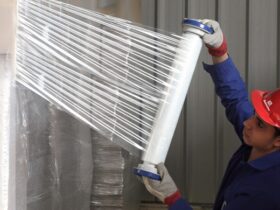The basis for the development of a project of the water supply system is the technical task of the customer, architectural and construction drawings, as well as existing construction standards and rules.
The calculation of the necessary water needs, including for the case of using water -divided devices by all consumers, is carried out according to the specified or determined, in accordance with the standards, consumer expenses. If there is a need, then the water consumption is calculated for the fire extinguishing system.
Then the water supply scheme is created. In this scheme, the optimal and most economical option for laying pipelines is taken into account. If necessary, the circuit is also designed and the water fire extinguishing system is selected.
The necessary water pressure is determined by the standards and requirements of the customer.
Then drawings of the nodes are performed, as well as the plans for wiring the system. In addition, axonometric schemes and hydraulic calculation are made. Based on the results of hydraulic calculation, you can select pipes that are suitable for both highways and for each site. In addition, thanks to the analysis of the calculations made, decisions are made that minimize the influence of neighboring plots of water clearance on each other. The development of the sewage section is also carried out on the basis of water supply systems and calculations made.
Water costs calculated for each consumer allow, in accordance with regulatory charts, to select sewage pipelines. In this case, such a condition as the maximum allowable filling of the pipes with wastewater should be met. If necessary, a hydraulic calculation is made.
Design and accurate calculations make it possible to obtain significant savings of materials and energy costs. But the main result is to ensure uniform, in necessary and sufficient volumes, supplying water to a particular consumer.
The first version of the project containing selected materials and equipment is sent for approval with the customer and, if necessary, is being edited.
Finally, the finished project is consistent with the state supervision authorities. Obtaining a positive conclusion will be the last stage of design, after which the project is sent to execute.












Оставить коммент.